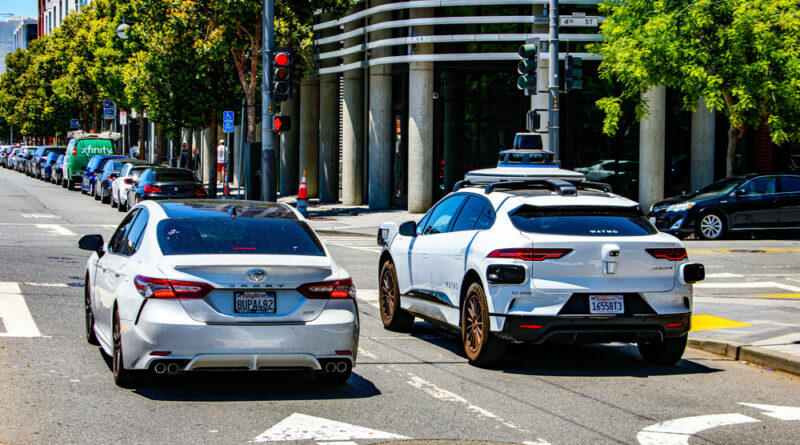Waymo Expands With Uber in Atlanta as Markets Keep Valuing Tesla’s Robotaxi Dreams Far Higher
Alphabet’s autonomous driving arm, Waymo, launched its latest robo-taxi service in partnership with Uber in Atlanta this week, marking the company’s fifth U.S. market and underscoring its steady operational lead in self-driving mobility. Yet despite completing a quarter-million paid rides every week, Waymo’s most recent private valuation of roughly US $45 billion remains a fraction of the market value investors assign to Tesla’s far smaller pilot programme in Austin, Texas.
Divergent Roll-out Strategies
-
Waymo: More than 1,500 fully driverless electric vehicles now serve Phoenix, San Francisco, Los Angeles, Austin and Atlanta. Additional fleets are slated for Washington, D.C., and Miami in 2026, buoyed by a dedicated manufacturing facility in Arizona that should more than double capacity.
-
Tesla: The electric-vehicle maker’s inaugural robo-taxi fleet comprises fewer than two dozen Model Y SUVs operating in a geo-fenced section of Austin. Each journey costs riders US $4.20 and still includes an overhead safety operator.
What the Numbers Say
Analysts estimate that autonomous ride-hailing accounts for about 60 percent of Tesla’s US $1 trillion market capitalisation—some US $600 billion—despite the company delivering under 2 million vehicles annually and only a proof-of-concept taxi service. By contrast, Waymo’s US $45 billion valuation represents barely 2 percent of parent company Alphabet’s roughly US $2 trillion market value, where investor focus remains on Google Search and generative-AI initiatives.
Technology and Cost Profiles
-
Tesla: Pursues a vision-only system powered by onboard cameras and proprietary AI chips. If the approach scales, millions of existing Teslas could become revenue-generating robo-taxis via software updates—minimising capital expenditure but heightening regulatory scrutiny while the system matures.
-
Waymo: Employs a multi-sensor array—lidar, radar and cameras—plus high-definition mapping, making each vehicle more expensive but delivering a longer track record of driverless miles and fewer high-profile incidents.
Investor Psychology
Several factors explain the valuation gap:
-
Optionality vs. Proof: Tesla’s vast retail shareholder base favours high-growth narratives and optionality—betting that a software flip could unleash an enormous network effect. Alphabet’s institution-heavy investor mix prizes near-term cash flow from advertising, seeing Waymo as additive rather than transformational.
-
Capital Model: Tesla’s plan to let owners share cars on its network mirrors asset-light platforms in other sectors, appealing to investors who expect margin expansion as software eclipses hardware revenue.
-
Perceived Disruption: Markets view Tesla as a potential category re-maker in transport and AI, whereas Waymo’s steady, regulation-aligned expansion feels incremental—despite its operational lead.
Looking Ahead
Waymo’s partnership with Uber opens a larger customer funnel and could accelerate ride volumes, complicating any narrative that Tesla holds a decisive lead. While Tesla’s camera-based approach could enable rapid scaling if technical hurdles are cleared, the company must still demonstrate consistent, fully driverless performance to justify its enormous autonomy premium.
For now, investors continue to place outsized bets on Tesla’s vision of an owner-supplied robo-taxi fleet upending ride-hailing economics—even as Waymo’s quietly expanding network gathers riders, cities and revenue at a pace traditional auto valuations may be overlooking.
Photo Credit: DepositPhotos.com

